Plant Images
These pictures contain examples of possible results from multispectral imaging systems
Efficiency of photosynthesis
An increasing number of breeders and growers is starting to use imaging systems for assessing the quality or current stage of development of their products. Imaging systems are already being used for a variety of simple tasks, like sorting based on size, height, and width. Multispectral imaging, however, allows you to identify plants that perform poorly in photosynthesis or plant physiological parameters such as the chlorophyll index and anthocyanin index. These new parameters will accelerate breeding projects due to early assessment and more objective measurements. The image on the right shows the difference between a normal colour image and one displaying photosynthetic efficiency.
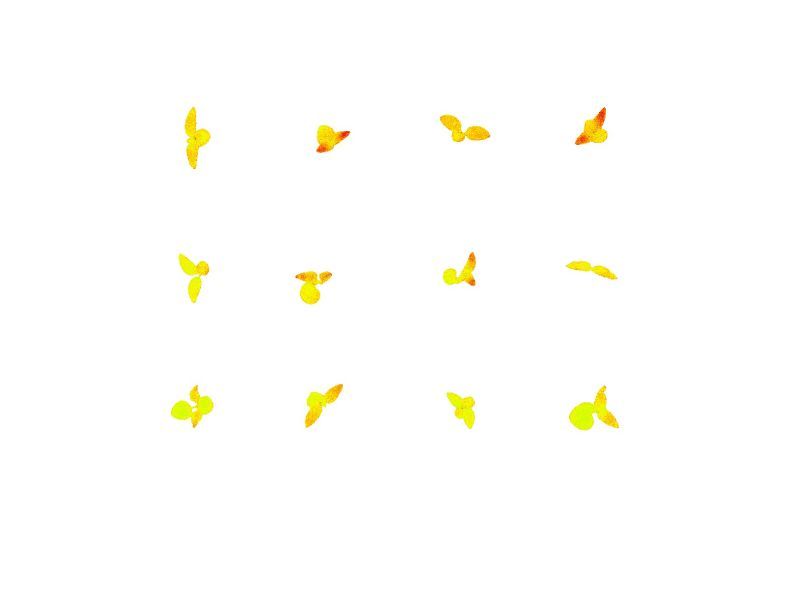
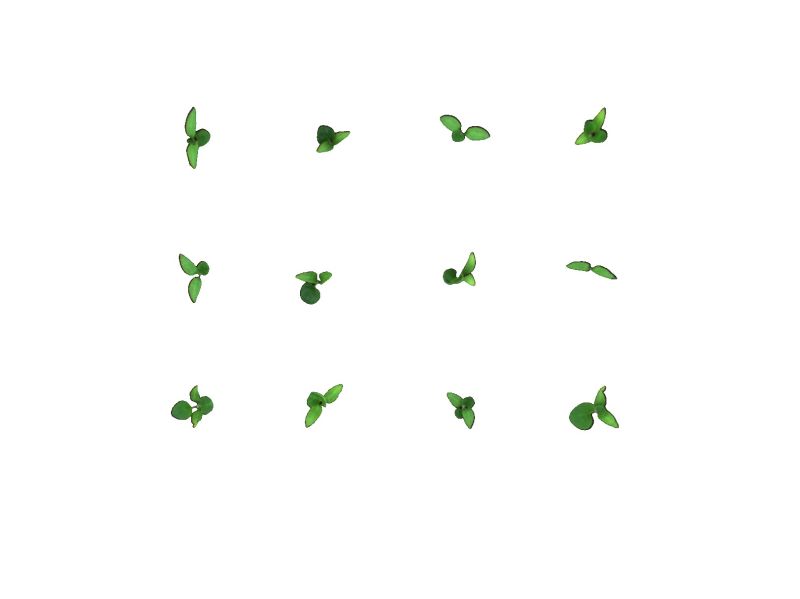
Correction for auto-fluorescence
A unique benefit of our GFP/RFP system is that it can correct for auto-fluorescence. In the picture on the left, you can see the standard GFP signal; the one on the right displays the Corrected GFP signal.
To clearly highlight the difference, a control leaf was placed on top of the imaged plant (See bottom-right leaf). This leaf shows no signal in the corrected image, but a significant signal in the uncorrected image.
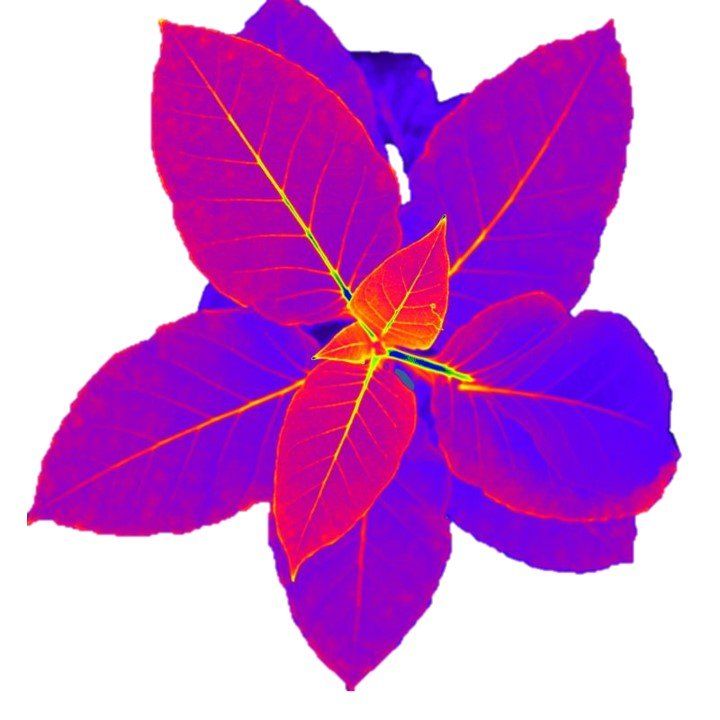
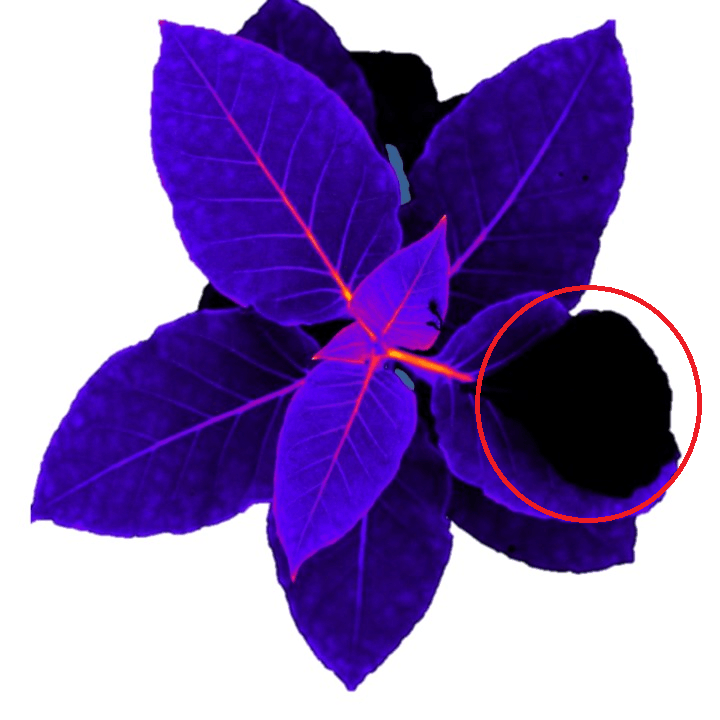
Morphological assesment
Visual assessments are often unreliable and dependent on who is doing the assessment. A better method is to measure these parameters with our camera systems so the following indices may me used for the morphological assessment: 'minimum circle', 'minimum rectangle', 'skeleton', 'convex hull' and 'pixel area '.
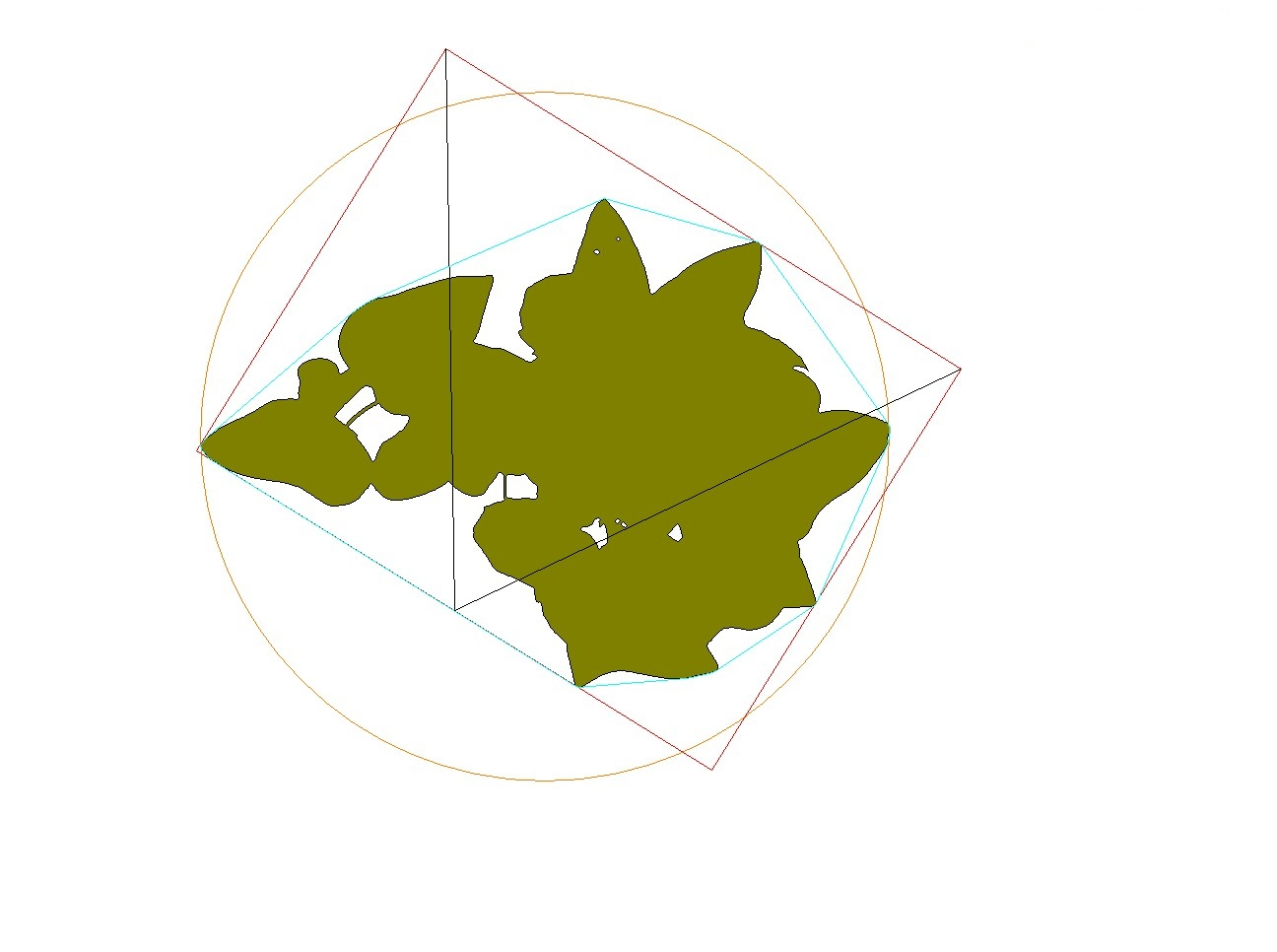
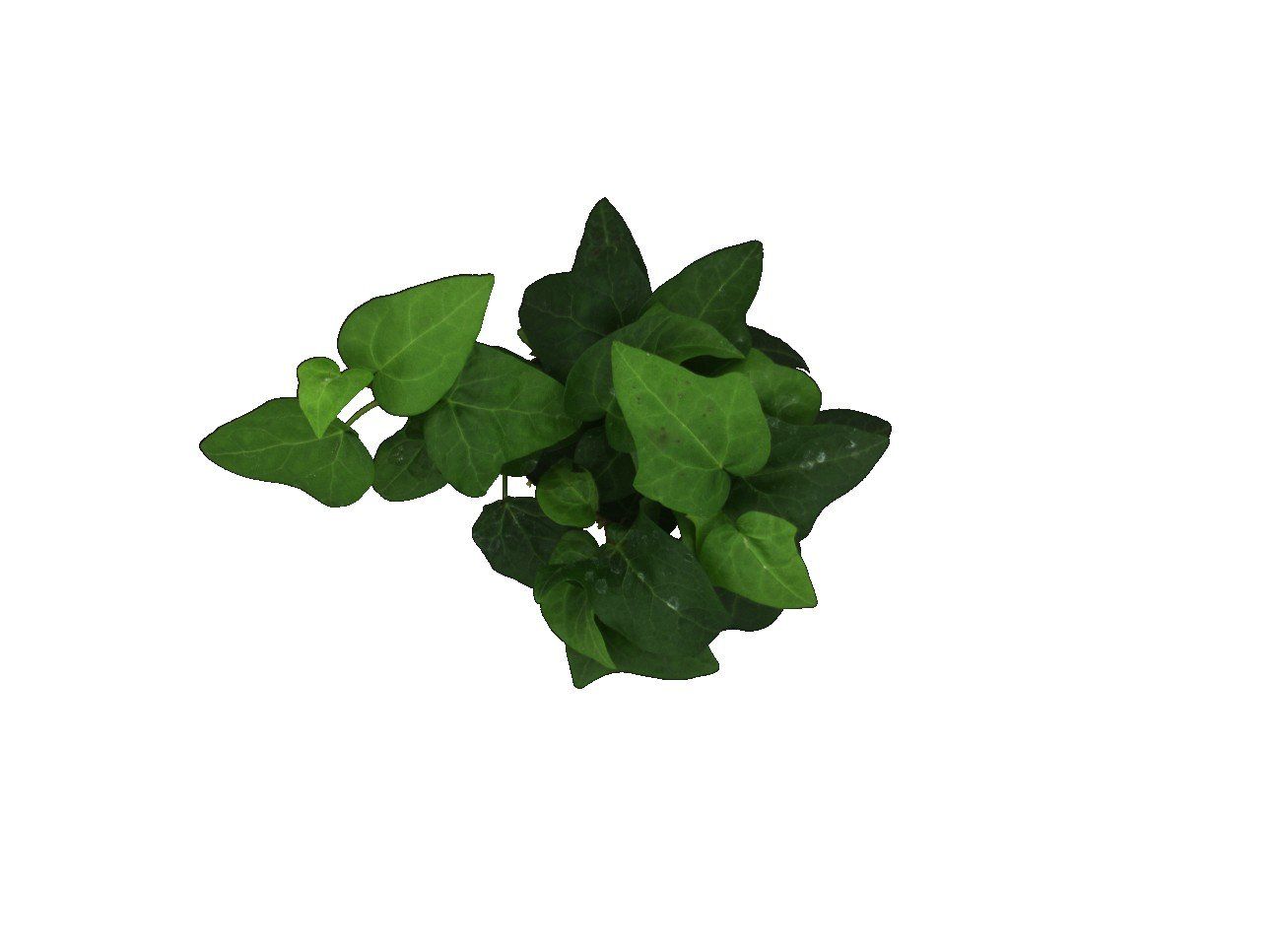
Digital Phenotyping
The camera systems make it possible to measure other factors as well, such as anthocyanin content (image) or chlorophyll content. Anthocyanins are an indicator for stress in plants. Chlorophyll content is corelated to the efficiency of photosynthesis.
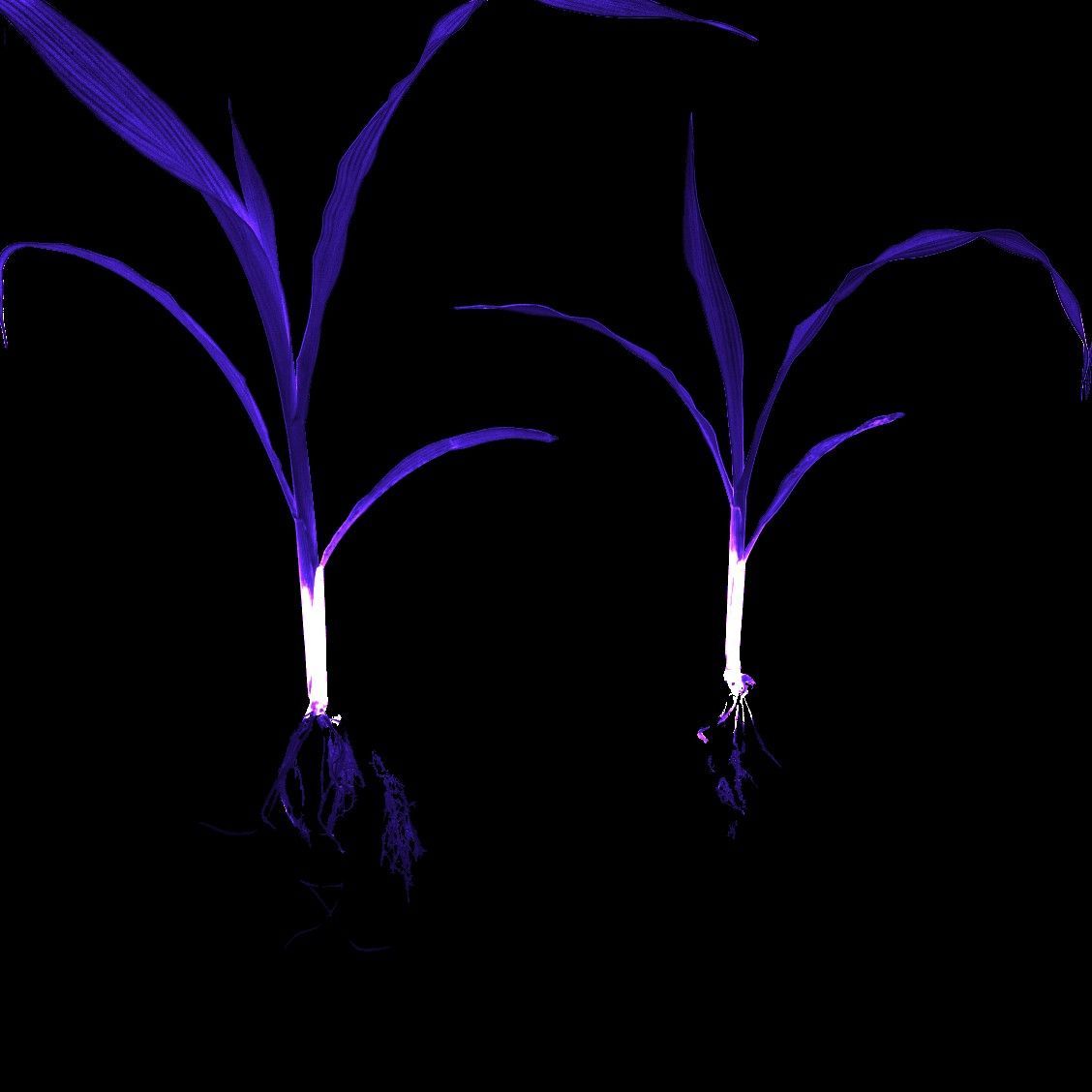
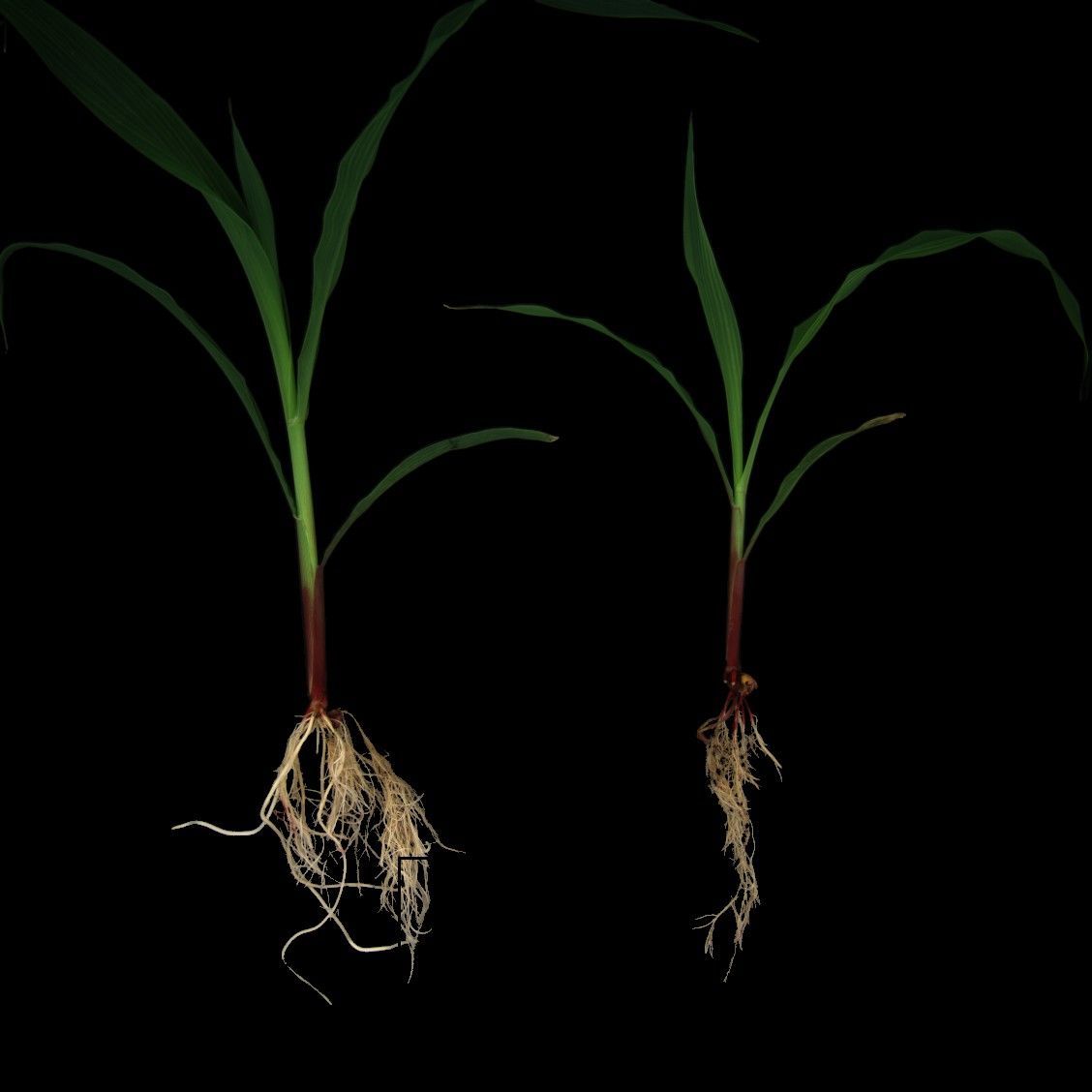
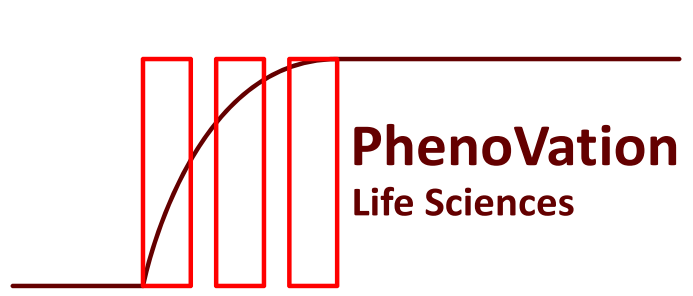
Adres
Agro business park 69-73
6708 PV Wageningen
The Netherlands
Contact
Phone: +316 51978796
Mail: Vincent.Jalink@phenovation.nl




